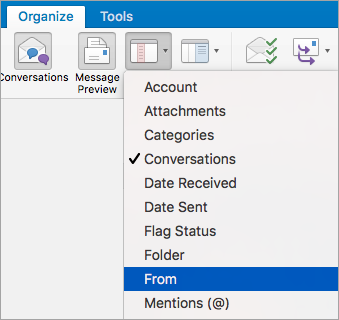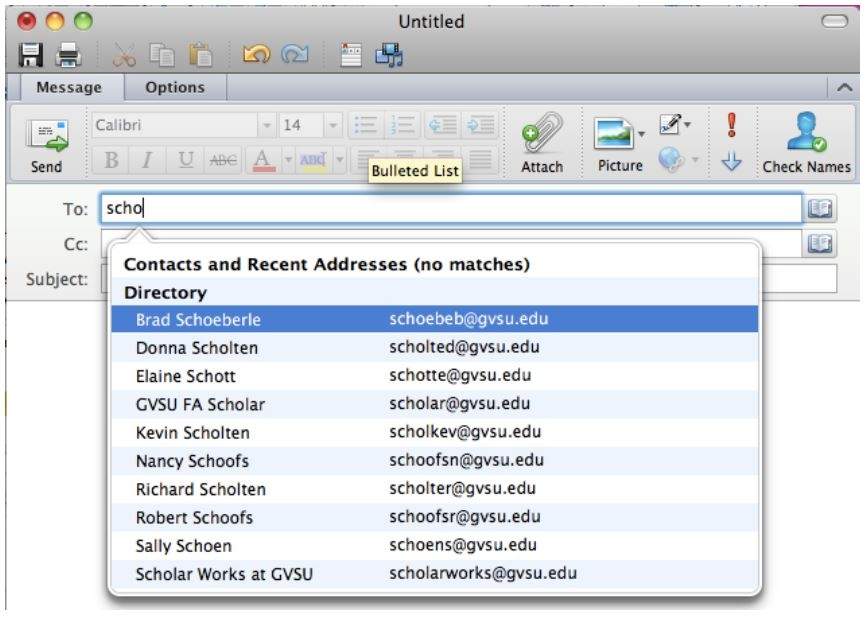

(CDISC Vision: One standard in CDISC Library with many use cases that each become a deliverable with domains/variables/examples to meet that specific use case). This will inform CDISC Library in the future. If these criteria are met, the next step is to begin to describe the “use case” that is different from the SENDIG to date. Priorities and timing of delivering solutions can be different, based on different audiences/study types (there are different drivers). If this is considered a new implementation for the industry, a separate lG is recommended and will give regulators the ability to reference it separately if desired.One large, all-encompassing IG would become too complicated for both the SENDIG audience and the separate IG audience.Introductory sections would need to be written specifically for this audience’s use cases.The IG audience is a different set of scientists (and can be smaller than the audience for SENDIG).The endpoints are not particularly useful for general toxicology (repeat dose and carcinogenicity) studies.The SEND Team will first consider inclusion in SENDIG, and use the following criteria to consider whether creation of a separate IG could be beneficial: More efficient and accurate use of the guides by the user community.Identify any cross-team topics or concepts as early as possible and submit for Global Governance Group (GGG) concept consultation.The Known Issues section (generally part of Section 1) can be a good place to clarify this. Document any temporary misalignment and future approach intended to address alignment issues (e.g., when a domain will be added to the SENDIG).Identify any new content that should be added to either the SDTM or SENDIG.Identify with which versions of standards the new release is compatible.It should also include an assessment and statement of relationships to other standards, including incompatibilities with standards considered applicable for the scope of the new release (e.g., define.xml). Actions you can take:Įach new SEND release must include an assessment and realignment with the SDTM model and the SEND standard. These rules aim to identify all conformance rules and case logic from the SENDIG, classifying and codifying them in a form that supports quality processes and tool development.Įach new SEND release must be assessed and realigned to the SDTM to facilitate data sharing across and within nonclinical and clinical research (e.g., ability to aggregate and analyze data across studies, tissues/systems, and classes of compounds). In addition to models and implementation guides, conformance rules have been developed, which help to ensure that generated data structures conform to the standards. For example, SENDIG-DART v1.1 supports submission of data from nonclinical Developmental and Reproductive Toxicology (DART) studies and SENDIG-AR v1.0 supports the submission of data from studies conducted under the Animal Rule. The SENDIG is designed to support data typically found in single-dose general toxicology, repeat-dose general toxicology, and carcinogenicity studies, as well as respiratory and cardiovascular testing conducted during safety pharmacology studies.Īdditional SENDIGs have been developed to support other study types. Therefore, the models are backward compatible. However, the SDTM is cumulative – each new release builds on the previous model.

A Standard for Exchange of Nonclinical Data Implementation Guide (SENDIG) is developed in reference to a specific SDTM model.


 0 kommentar(er)
0 kommentar(er)
